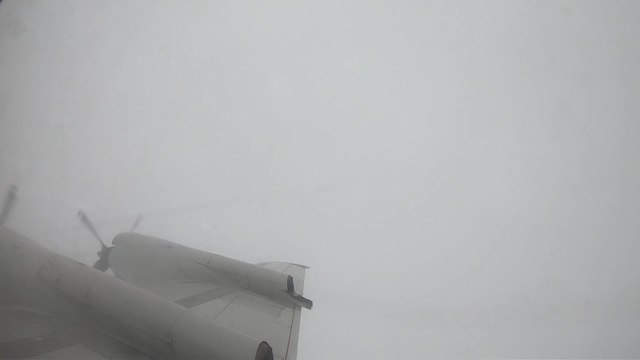









NOAA's Evolving Role in Hurricane Prediction and Response: The National Oceanic and Atmospheric Administration (NOAA) has significantly advanced hurricane forecasting capabilities over the years, contributing to improved preparedness and response efforts. This article explores NOAA's methodologies, technological innovations, and the critical impact of these developments on communities vulnerable to hurricanes.
The Historical Context of NOAA's Hurricane Forecasting
- Foundation: NOAA’s origins date back to 1807, with the establishment of the Survey of the Coast, which laid the groundwork for modern meteorological science.
- Evolution of Forecasting: The introduction of satellite technology in the late 20th century revolutionized hurricane tracking and forecasting, allowing for real-time data collection and analysis.
- Hurricane Research: NOAA has played a pivotal role in hurricane research, including studies on storm intensity, structure, and behavior, leading to more accurate predictions.
Technological Advancements in Prediction Models
- Numerical Weather Prediction (NWP): NOAA employs advanced NWP models that simulate atmospheric conditions, significantly enhancing the accuracy of forecasts.
- Satellite Technology: Satellites like GOES (Geostationary Operational Environmental Satellites) provide continuous imagery and data, crucial for monitoring storms.
- Doppler Radar: Enhanced Doppler radar systems allow meteorologists to observe storm patterns and predict intensification or weakening of hurricanes.
The Role of Big Data and AI
- Data Integration: NOAA harnesses vast amounts of environmental data, integrating information from satellites, buoys, and other sensors to create comprehensive models.
- Artificial Intelligence: AI and machine learning algorithms are increasingly used to analyze historical storm data, identify patterns, and improve forecasting accuracy.
- Predictive Analytics: NOAA uses predictive analytics to assess potential impacts on coastal populations and infrastructure, aiding in evacuation planning and resource allocation.
Community Impact and Preparedness
- Enhanced Warnings: Improved forecasting technology has led to more timely and accurate hurricane warnings, enabling communities to prepare adequately.
- Public Education: NOAA engages in outreach initiatives, educating the public about hurricane preparedness and safety measures, reducing vulnerability.
- Collaboration with Local Agencies: Partnerships with local emergency management agencies ensure that forecasts translate into actionable plans on the ground.
Challenges Faced by NOAA
- Funding and Resources: Despite advancements, NOAA faces challenges related to budget constraints that impact research and technology development.
- Climate Change: Increasingly erratic weather patterns due to climate change pose challenges for predictive models, necessitating continuous adaptation and innovation.
- Public Perception: Misinformation and public skepticism about forecasts can hinder effective disaster response, highlighting the need for improved communication strategies.
The Future of Hurricane Forecasting
- Continued Research: Ongoing research into hurricane behavior and climate interactions will be crucial for refining forecasting methods.
- International Collaboration: Sharing data and methodologies with global meteorological organizations can enhance predictive capabilities worldwide.
- Innovative Technologies: Future advancements in drone technology, ocean sensors, and satellite systems promise to further enhance NOAA's capabilities in hurricane forecasting.
Conclusion
NOAA's commitment to improving hurricane forecasting has had a profound impact on disaster preparedness and response. As technology continues to evolve, so too will the methods employed by NOAA and its partners to safeguard communities from the devastating effects of hurricanes. The intersection of science, technology, and public engagement will be essential as we face an increasingly unpredictable future in hurricane activity.
